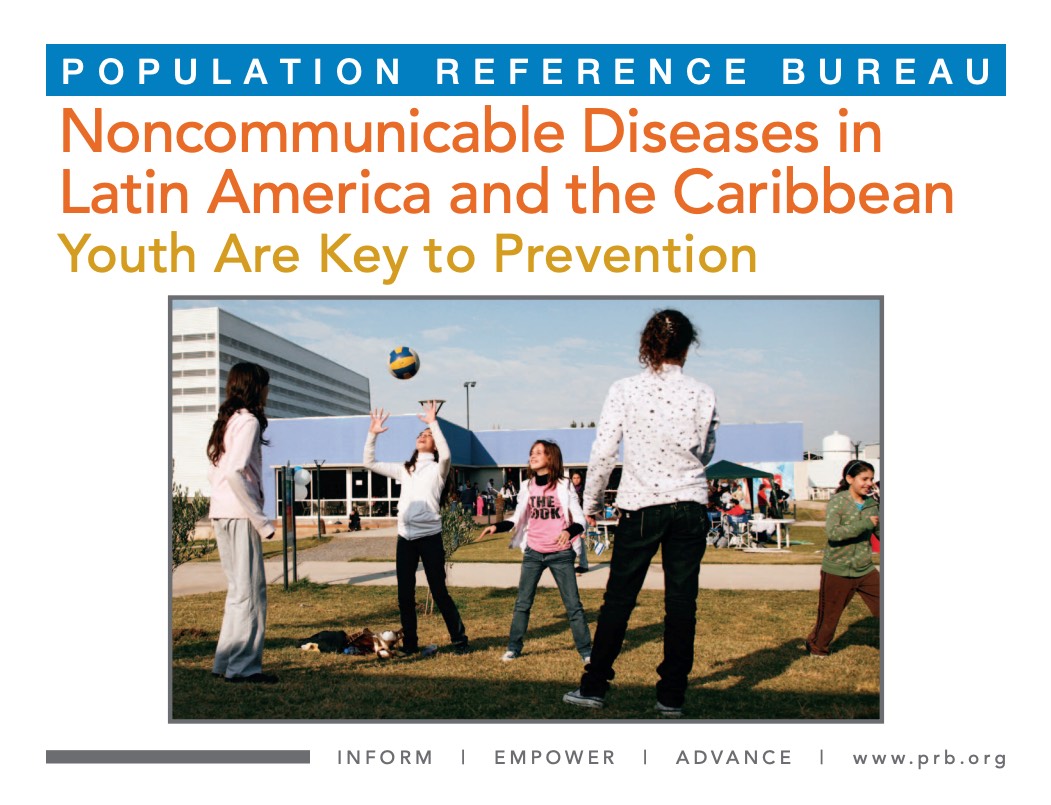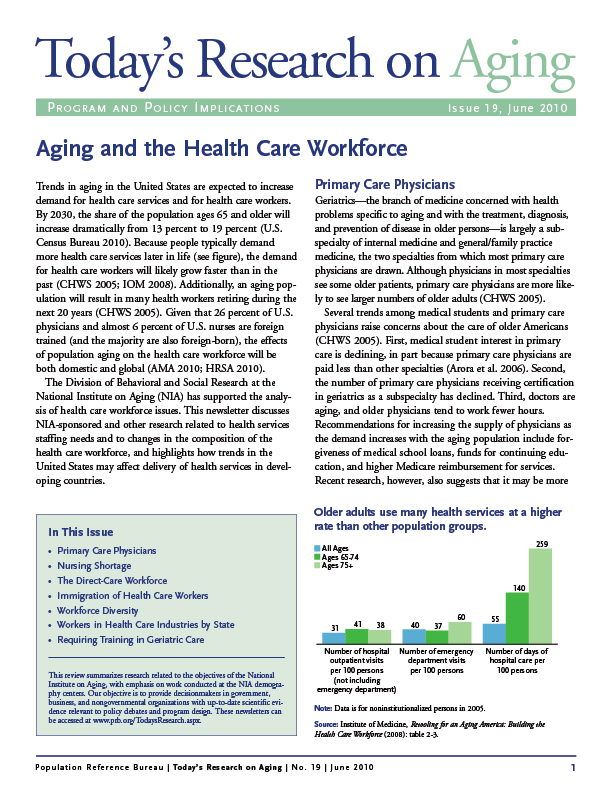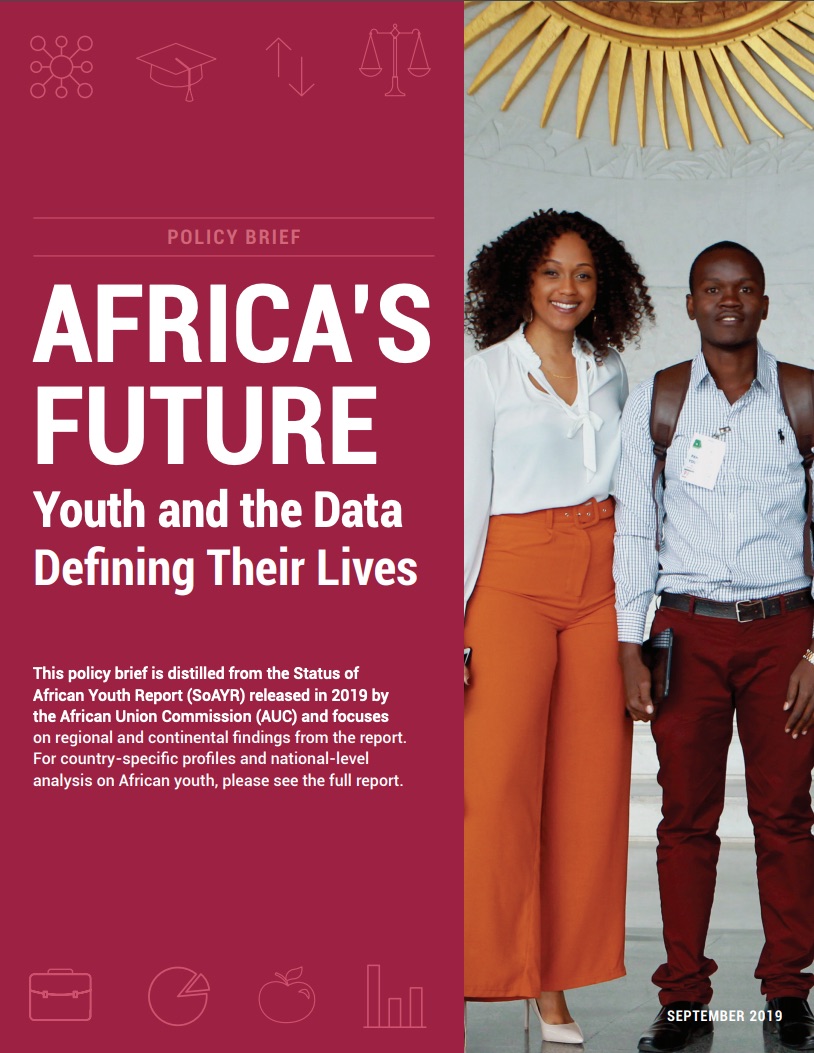161 Search Results Found For : "%EB%B6%80%EC%82%B0%EC%B6%9C%EC%9E%A5%EC%83%B5%E3%80%90Talk:Za31%E3%80%91%EC%8A%A4%EC%9C%84%ED%8A%B8%20%EC%B6%9C%EC%9E%A5%EB%A7%88%EC%82%AC%EC%A7%80%20%EC%88%98%EC%9B%90%EC%A0%84%EC%A7%80%EC%97%AD%2030%EB%B6%84%EB%82%B4%20%EB%B0%A9%EB%AC%B8"
La démographie d’Israël : une histoire unique
(2014) Les structures et tendances démographiques d’Israël sont uniques, un reflet de l’avenir complexe de la région qu’il soit politique, culturel ou religieux.
Aging Baby Boomers to Face Caregiving, Obesity, Inequality Challenges
The aging of the baby boom generation could fuel a 75 percent increase in the number of Americans ages 65 and older requiring nursing home care, to about 2.3 million in 2030 from 1.3 million in 2010, the Population Reference Bureau (PRB) projects in a new report.

Project: Combatting Noncommunicable Disease Risk Factors in Youth
Data Sheet. Noncommunicable Diseases in Latin America and the Caribbean: Youth Are Key to Prevention
(2013) The four major NCDs—cardiovascular disease, most cancers, diabetes, and chronic respiratory diseases—will account for approximately 81 percent of deaths in Latin America and the Caribbean by 2030, and 89 percent of all deaths in high-income countries.

Project: Demography and Economics of Aging and Alzheimer’s Disease
Aging and the Health Care Workforce
Trends in aging in the United States are expected to increase demand for health care services and for health care workers. By 2030, the share of the population ages 65 and older will increase dramatically from 13 percent to 19 percent.

Which Country Has the Oldest Population? It Depends on How You Define ‘Old.’
(2019) Japan, Italy, and Germany top the list of the world’s oldest countries—if the data are based on the share of the population ages 65 and older.
Some Kenyan Children Are Not in School Despite Free Primary Education
(2013) Despite a free primary education policy introduced by the Kenyan government in 2003, a substantial number of children who should benefit from it are still out of school, even though gains have been made between 1998 and 2009.

Project: Supporting Population Evidence and Champions in Africa (SPEC)
Africa’s Future: Youth and the Data Defining Their Lives
By 2030, young Africans are expected to make up 42 percent of the world’s youth and account for 75 percent of the those under age 35 in Africa.

Project: PACE: Policy, Advocacy, and Communication Enhanced for Population and Reproductive Health
Population Age Structure and Pathways to Inclusive, Effective Governance
Among countries with a youthful population, a window of opportunity to achieve key development goals opens across four sectors―health, education, the economy, and governance―as fertility declines and the age structure of the population gets older.
PRB Discuss Online: Have Reproductive Health Voucher Programs Improved Equity, Efficiency, and Impact?
(2011) Vouchers are frequently mentioned as a promising alternative finance mechanism to achieve a variety of goals in health systems and reproductive health services. Do vouchers work?

